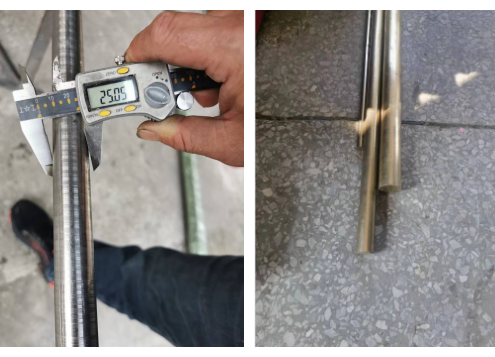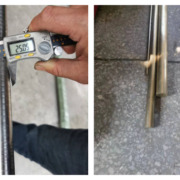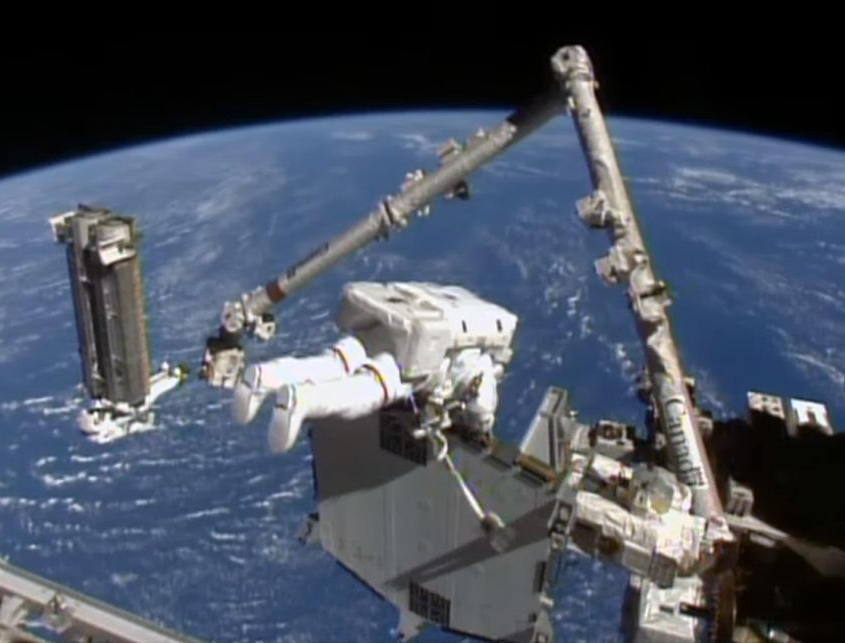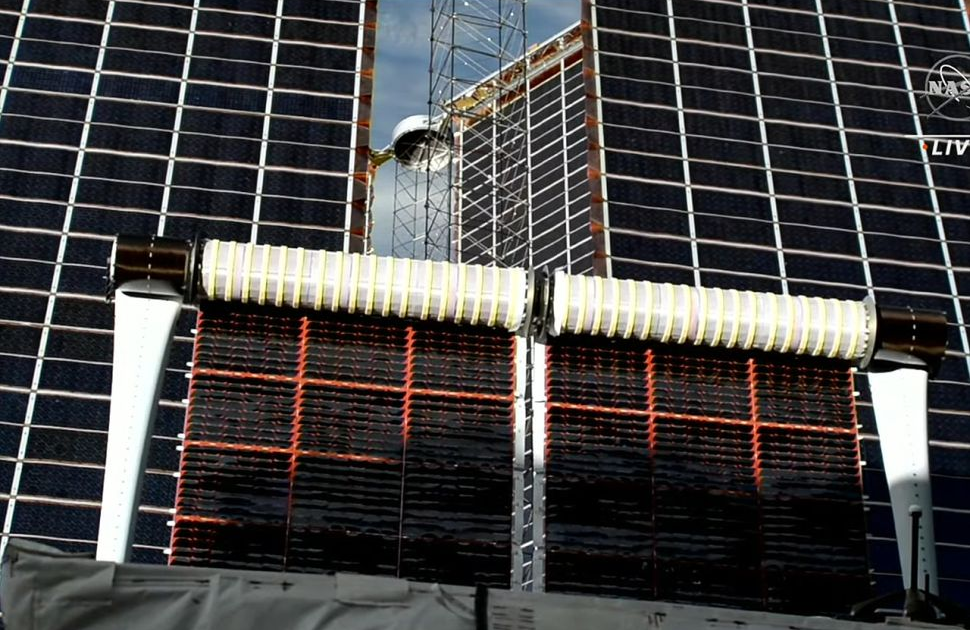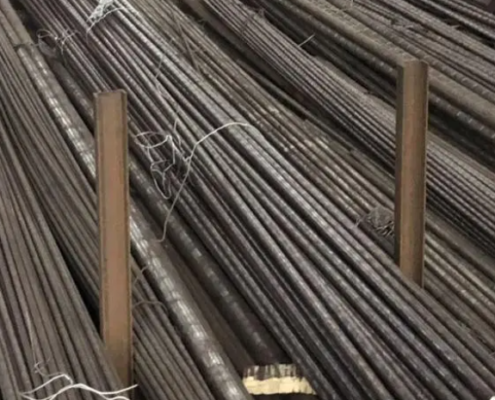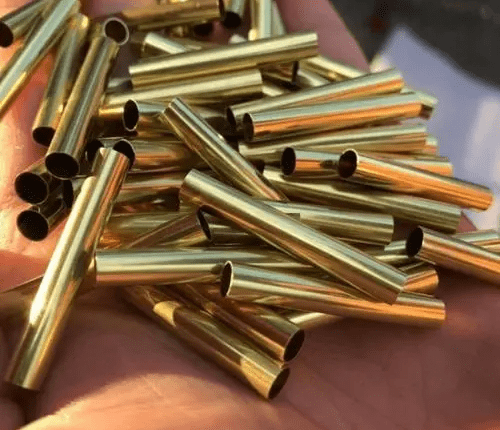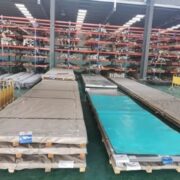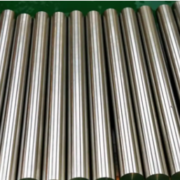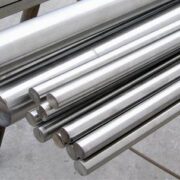Share some of the eight precautions for stainless steel welding, let’s take a look!
1. Chrome stainless steel has certain corrosion resistance (oxidizing acid, organic acid, cavitation), heat resistance, and wear resistance. It is usually used for power plants, the chemical industry, petroleum, and other equipment and materials. The weldability of chrome stainless steel is poor, so attention should be paid to the welding process, heat treatment conditions, etc.
2. Chromium 13 stainless steel has high hardenability after welding and is easy to crack. If the same type of chromium stainless steel electrodes (G202, G207) are used for welding, preheating above 300 ℃ and slow cooling treatment at about 700 ℃ after welding must be carried out. If the weldment cannot undergo post-weld heat treatment, chromium-nickel stainless steel electrodes (A107, A207) shall be used.
3. In order to improve the corrosion resistance and weldability of chrome 17 stainless steel, appropriate stability elements such as Ti, Nb, and Mo are added, and the weldability is better than that of chrome 13 stainless steel. When the same type of chromium stainless steel electrodes (G302, G307) is used, the preheating above 200 ℃ and the tempering after welding at about 800 ℃ shall be carried out. If the weldment cannot be heat treated, chromium-nickel stainless steel electrodes (A107, A207) shall be used.
4. During the welding of chromium-nickel stainless steel, carbides are precipitated by repeated heating, reducing corrosion resistance and mechanical properties.
5. Chromium nickel stainless steel electrode has good corrosion resistance and oxidation resistance and is widely used in the chemical industry, fertilizer, petroleum, and medical machinery manufacturing.
6. Chromium nickel stainless steel coating includes titanium calcium type and low hydrogen type. Titanium calcium type can be used for AC and DC welding, but the penetration is shallow during AC welding, and it is easy to redden, so DC power supply should be used as far as possible. Diameters 4.0 and below can be used for all position weldments, and 5.0 and above can be used for flat welding and flat fillet welding.
7. The welding rod shall be kept dry during use. The titanium calcium type shall be dried at 150 ℃ for 1 hour, and the low hydrogen type shall be dried at 200-250 ℃ for 1 hour (repeated drying is not allowed, otherwise the coating is easy to crack and flake) to prevent the coating of the welding rod from sticking oil and other dirt, so as not to increase the carbon content of the weld and affect the quality of the weldment.
8. In order to prevent eye corrosion due to heating, the welding current should not be too large, about 20% less than that of carbon steel electrode, the arc should not be too long, and the interlayer should be cooled quickly, so it is better to narrow the weld bead.
9 major problems in stainless steel welding
1. What are stainless steel and stainless acid-resistant steel?
Answer: The content of the main added element “chromium” in the metal materials (nickel, molybdenum and other elements that need to be added) can make the steel in the passivation state and stainless steel. Acid-resistant steel refers to steel that is resistant to corrosion in strongly corrosive media such as acid, alkali, and salt.
2. What is austenitic stainless steel? What are the commonly used brands?
Answer: Austenitic stainless steel is the most widely used and has the most varieties. For example:
18-8 series: 0Cr19Ni9 (304) 0Cr18Ni8 (308)
18-12 series: 00Cr18Ni12Mo2Ti (316L)
25-13 series: 0Cr25Ni13 (309)
< 4 > 25-20 series: 0Cr25Ni20, etc
3. Why is it difficult to weld stainless steel?
Answer: The main process difficulties are:
The stainless steel material has a strong thermal sensitivity, staying at 450-850 ℃ for a long time, and the corrosion resistance of the weld and heat-affected zone is seriously reduced.
Hot cracks are easy to occur.
Poor protection and severe high-temperature oxidation.
The linear expansion coefficient is large, resulting in large welding deformation.
4. Why should effective process measures be taken for welding austenitic stainless steel?
Answer: General process measures include:
Welding materials shall be strictly selected according to the chemical composition of the base metal.
< 2 > Low current, Rapid welding; Small wire energy, reduce heat input.
The welding wire and electrode with a fine diameter shall not swing and shall be welded in multiple layers and passes.
< 4 > The weld and heat-affected zone are forced to cool, reducing the residence time of 450-850 ℃.
< 5 > Argon protection at the back of the TIG weld.
The weld in contact with the corrosive medium shall be welded finally.
(7) Passivation treatment of weld and heat affected zone.
5. Why should 25-13 series welding wires and electrodes be used for welding austenitic stainless steel, carbon steel, and low alloy steel (dissimilar steel welding)?
Answer: For welding dissimilar steel welded joints between austenitic stainless steel and carbon steel, low-alloy steel, 25-13 series welding wires (309, 309L) and welding rods (A312, A307, etc.) must be used as weld deposit metal. If other stainless steel welding materials are used, the martensite structure will be generated on the fusion line of one side of carbon steel and low alloy steel, which will cause cold cracks.
6. Why should 98% Ar+2% O2 shielding gas be used for solid stainless steel welding wire?
Answer: If pure argon gas is used for MIG welding with the solid stainless steel welding wire, the surface tension of the molten pool is large, and the weld formation is poor, showing a “hunchback” weld shape. Add 1-2% oxygen to reduce the surface tension of the molten pool and make the weld formation smooth and beautiful.
7. Why is the surface of the MIG weld of solid stainless steel welding wire blackened?
Answer: The MIG welding speed of solid stainless steel welding wire is fast (30-60cm/min). The shielding gas nozzle has run to the front end molten pool area. The weld is still in a hot and hot state. The weld is oxidized by air, and the surface generates oxides. The weld is blackened. Acid pickling and passivation can remove the black skin and restore the original surface color of stainless steel.
8. Why does the solid stainless steel welding wire need a pulsed power supply to achieve jet transfer and splash-free welding?
Answer: During MIG welding with the solid stainless steel welding wire, φ 1.2 Welding wire, when the current I ≥ 260-280A, the jet transfer can be realized; If the value is less than this value, the droplet is short-circuited, with a large spatter, and generally cannot be used. Only when the MIG power supply with a pulse is used and the pulse current is greater than 300A, the pulsed droplet transfer under 80-260A welding current can be realized without spatter welding.
9. Why is the flux-cored stainless steel wire protected by CO2 gas? No pulsed power supply?
Answer: For the commonly used flux-cored stainless steel welding wires (such as 308, 309, etc.), the flux formula in the welding wire is developed according to the chemical and metallurgical reaction of welding under CO2 gas protection, so it cannot be used for MAG or MIG welding; The pulsed arc welding power source shall not be used.

